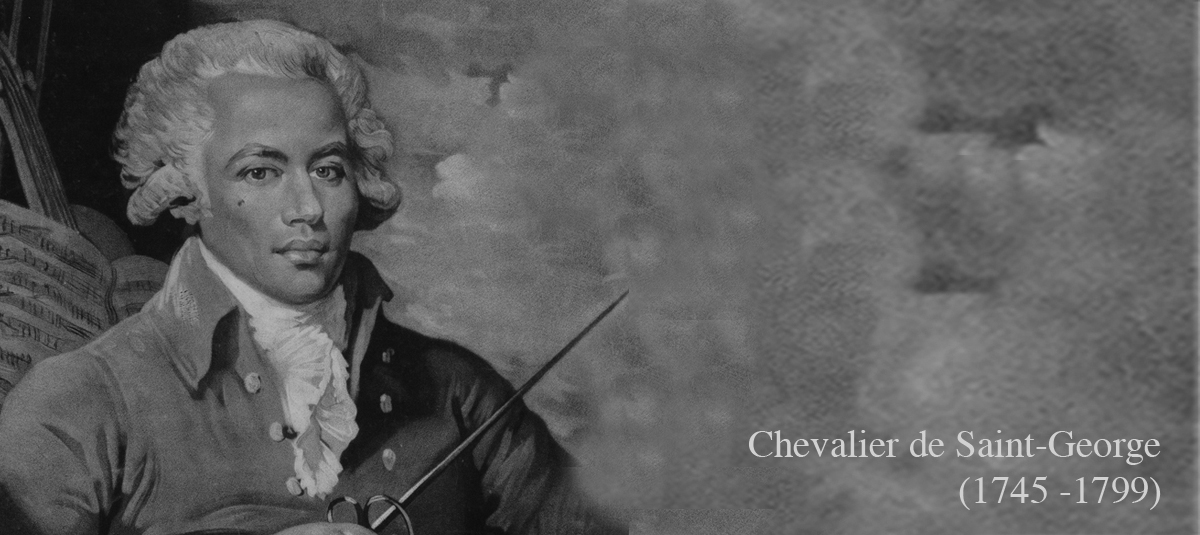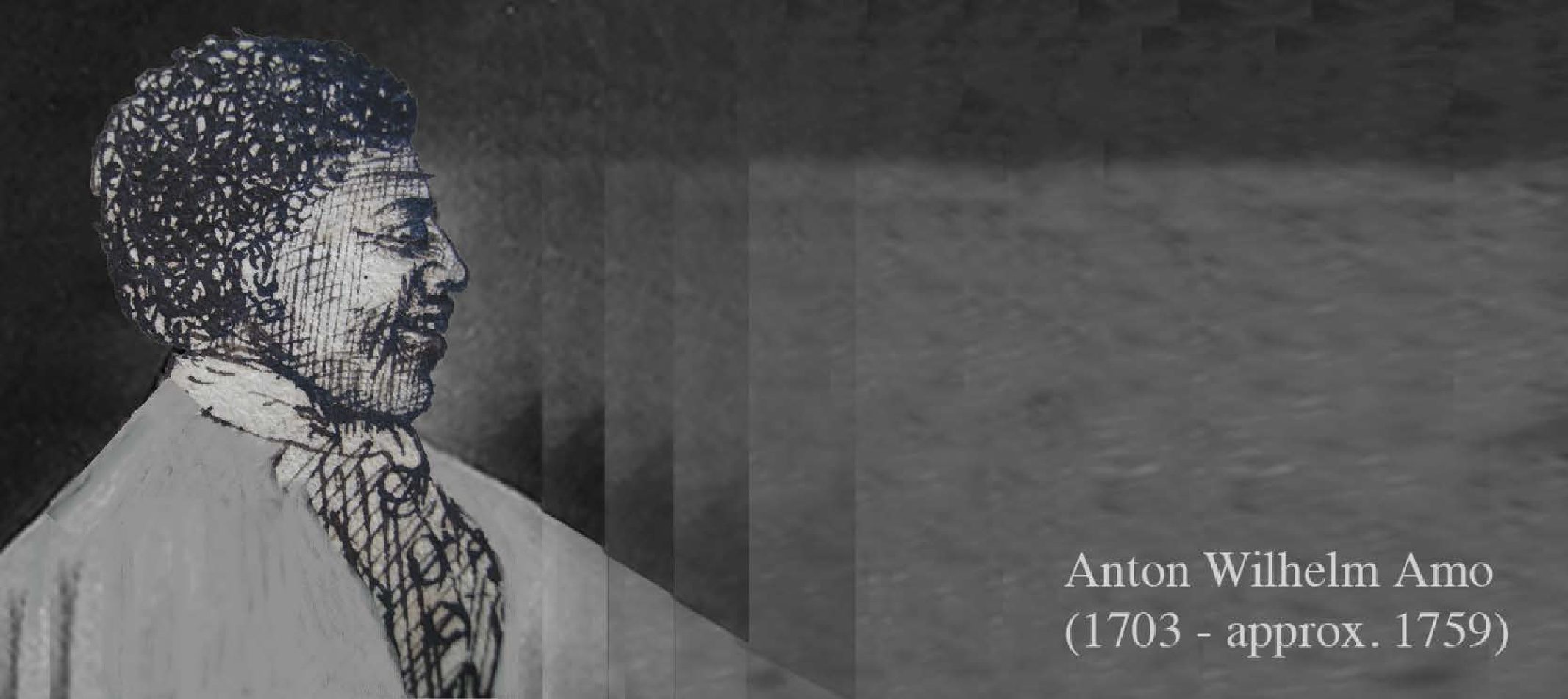
Flower a€“ Another Beautiful Example of Fibonacci Flowers
Sunflowers become a lot of loved by numerical biologists as this larger, stunning flower demonstrates the Fibonacci pattern from inside the most traditional means. In sunflowers, the spirals in the center proceed with the Fibonacci sequence 1, 2, 3, 5, 8, 13, 21, 34, 55, 89, 144… Actually, there’s two a number of figure that wind in contrary directions, with seed products situated at a specific perspective from both to create a lovely spiral. These spirals bring sunflower florets because firmly as is possible to maximize their ability to capture sun for plant.
In case you are questioning how can Fibonacci blossoms write this type of great floret agreements, then the address consist the place hormone known as auxin. The development hormone, auxin, helps in the growth and growth of leaves, plants, stalk, and various other plant areas. The place grown where in fact the auxin flows and connects together with other protein. And since the hormonal moves within the plant in a spiral course, the plant expands spirally, causing a€?Fibonacci spiralsa€? in sunflowers.
The great benefits of Fibonacci Spirals
The Fibonacci design allows sunflowers to transport a lot of seed within heads. Given that individual seed grows, the pinnacle pushes the seed toward the periphery to make place for new seed. Therefore, through a Fibonacci routine, sunflowers make certain their own seed growth can continue indefinitely.
The Rose flower as well follows the a€?golden ratio of phi’. It means that increased flower petals tend to be positioned in a Fibonacci spiral. In increased, petal number one and six build for a passing fancy straight imaginary line, forming a group. The newest ready increases into the rooms between the previous set, creating a spiral arrangement of flower petals that follow the Fibonacci show. Each new petal could be the sum of the past two figures. If in case your just be sure to get the numerical relationship between any two surrounding rose flower petals, it will probably always turn out as Phi or 1.618. The effective petal arrangement in rose makes sure that the light through the sunshine will get equally distributed to elements of the herbs.
Best Way to Study the Fibonacci design in Rose
- Bring a rose flower and cut the stem vertically into four equivalent portion.
- Today move each component into a different bowl/glass with colored liquids.
- The increased petals will require in the dye depending on their own position inside the spiral and you’ll get to discover a rainbow rose.
Rose Pistils Too Follow the Fibonacci Sequence
Similar to flower petals, the center part of the rose, referred to as pistil, too employs the Fibonacci series. In fact, pistils stick to Fibonacci sequence in a much more extreme ways. The curvy pattern they means making use of Fibonacci series creates a beautiful and complicated concept that truly looks like an incredible artwork.
Fibonacci Series in Foliage
Leaves of flora, cacti also succulents also follow the Fibonacci series and they are organized escort backpage Warren MI in left-handed and right-handed spirals. The blood vessels in the leaves as well stick to Fibonacci and part out increasingly more when you look at the outward movement. Their own alignment too is actually a pattern that illustrates two Fibonacci numbers. For example, start from any leaf. After a specific turn (1, 2, 3, four or five) on the spiral, there is a leaf that’ll be aimed toward the very first leaf, plus the structure keeps.
Pinecones Proceed With The Fibonacci Sequence Also
Ever closely seen a pinecone and envisioned the reason why it appears to be along these lines? Well, the seeds throughout the pinecone too were arranged in the spiral pattern. Each cone is comprised of a pair of spirals, radiating upwards inside reverse way. The structure can easily be realized if amount the proper while the remaining spirals independently. We usually bring two adjoining numbers in Fibonacci series. These are typically either 5 and 8 or 8 and 13.


